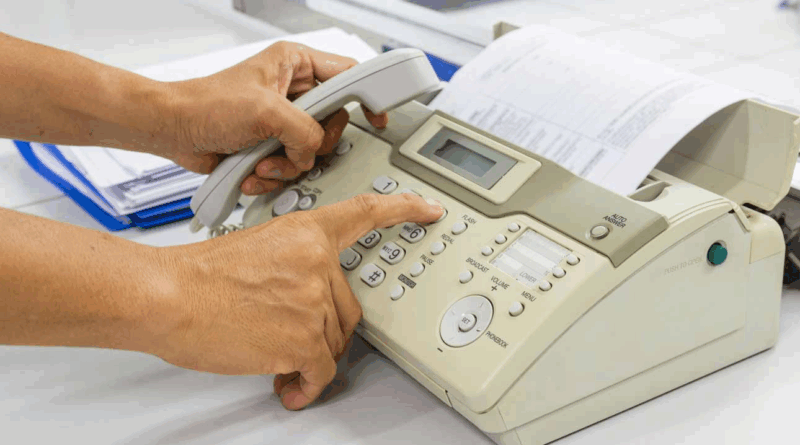How To Fax a Document Through Different Devices
Faxes allow individuals and businesses to send documents directly to print for their intended recipient. This can ensure the secure and immediate delivery of important or sensitive information. Understanding the process of faxing can guide you in sending a receivable and readable document. In this article, we discuss what to consider when sending a fax via a Document Delivery Service, how to send a fax and tips to help you successfully fax documents.
What should you consider when sending faxes?
Certain factors may influence the process you use when sending a fax. Here are some things to consider as you proceed to fax a document:
Device functionality
If you don’t own a traditional fax machine, there are other devices you can use to send a fax. Many modern printers include scan-and-fax features, and smartphones or tablets with cameras and internet access can help send digital versions of documents. You can also use online fax services that allow you to upload and fax documents without a physical machine. These options provide flexibility and convenience for sending documents without needing special equipment.
Document size
The number of pages or file size of your document can affect how well it is faxed. Some machines or apps have limits on how much data they can send at once. If a document is too large, it may lose quality, become hard to read, or fail to deliver entirely. Before sending, review the file size and number of pages and check whether your device or service can handle it properly. You might need to reduce file size or send your fax in separate parts to ensure it goes through clearly.
Fax purpose
Understanding why you’re sending the fax can help you choose the best method. If the fax contains private or official documents, such as contracts or medical records, it’s important to make sure the method you use is secure. Sending directly from one fax machine to another often adds a level of safety. Alternatively, using a secure email-to-fax service can give the recipient proof of authenticity while also protecting the contents during delivery.
Online tools
There are many tools available to help improve your fax’s quality. Look for features in your device or app that allow you to change resolution, adjust brightness and contrast, and reduce any extra marks or noise in your scanned document. These tools can help make sure the fax prints clearly on the recipient’s side. Some apps even automatically detect text and sharpen images so the document is easier to read after it’s faxed.
Recipient preferences
The person or business receiving your fax might have specific instructions. Some offices have different fax lines for various departments or types of documents. Others may ask that you format your fax a certain way or only send faxes during specific hours. You may also be asked to include a cover page or limit the number of pages you send. Always check these preferences ahead of time to avoid delays or rejections.
How to fax documents
Depending on your faxing equipment, there are different ways you can scan and send a document to your recipient’s fax machine. Consider these steps when faxing a document:
1. Turn on your equipment
Make sure your fax machine or device is powered on and working properly. If it runs on a battery, ensure it’s fully charged or keep it plugged in during the process. Low power can affect how the device functions and may interrupt your fax. Some devices require you to press a power or start button before they’re fully ready to use.
2. Prepare your documents
Gather all the pages you plan to fax. Review them carefully to ensure that everything is filled out and signed if needed. If the receiving office requests a cover page, include one with important details such as your name, the recipient’s name, contact numbers, the number of pages, and the reason for sending the fax. This helps organize and route your fax correctly once it’s received.
3. Identify your recipient
Make sure you have the correct fax number for the person or business you’re sending the fax to. Some organizations have different numbers for different departments, so it’s worth confirming. You can find this number on their website or by calling them directly. Once confirmed, enter the number using the keypad on your machine or type it into the fax field of your online tool.
4. Send your fax
Press the “Send” or “Fax” button to begin the process. Watch the screen or indicators to make sure the pages are going through in the right order and orientation. If your machine scans while sending, make sure the pages are loaded properly and not upside down. Misaligned documents can lead to unreadable or incomplete faxes.
5. Confirm fax receipt
Many fax machines and apps will show a message or print a page confirming that your fax was sent successfully. To be sure it arrived, you can also call the recipient to verify that they received everything clearly. If the fax was incomplete or unclear, they can let you know so you can resend or provide a new copy if needed.
With the right preparation and awareness, faxing remains a dependable way to share important information. Whether you use a machine or a digital tool, taking the time to check details like quality, file size, and recipient instructions can help ensure your fax is received quickly and correctly.

